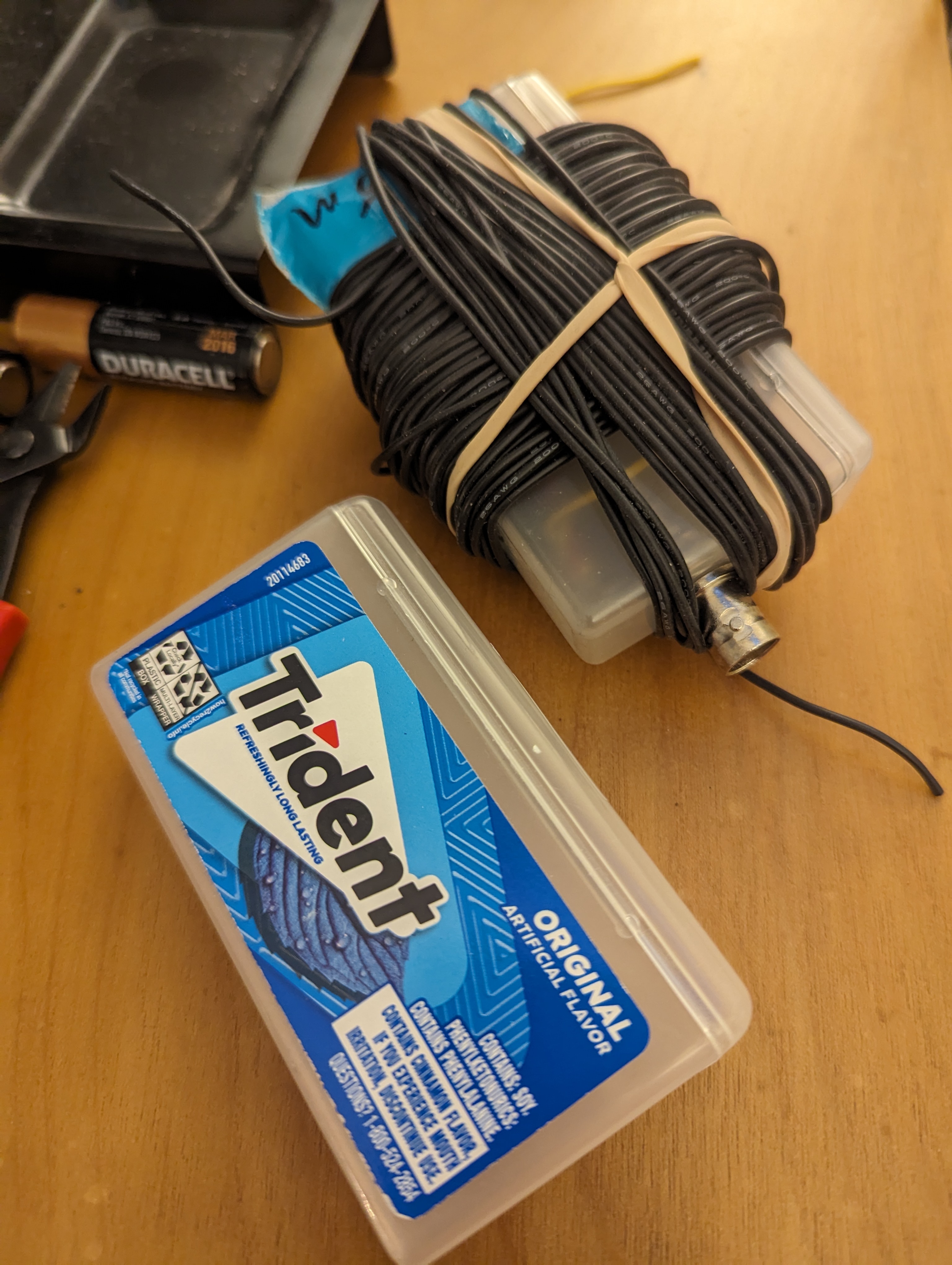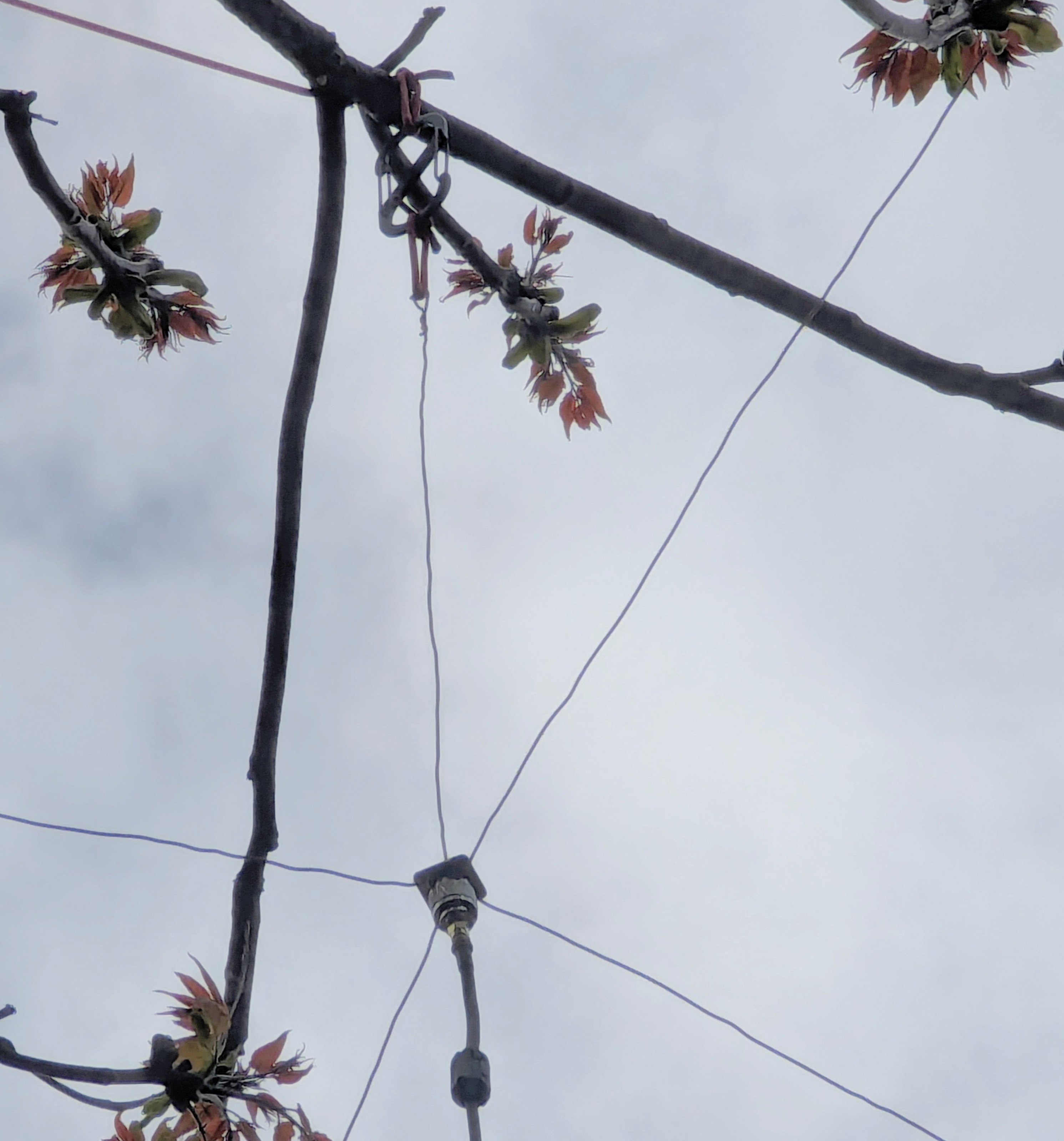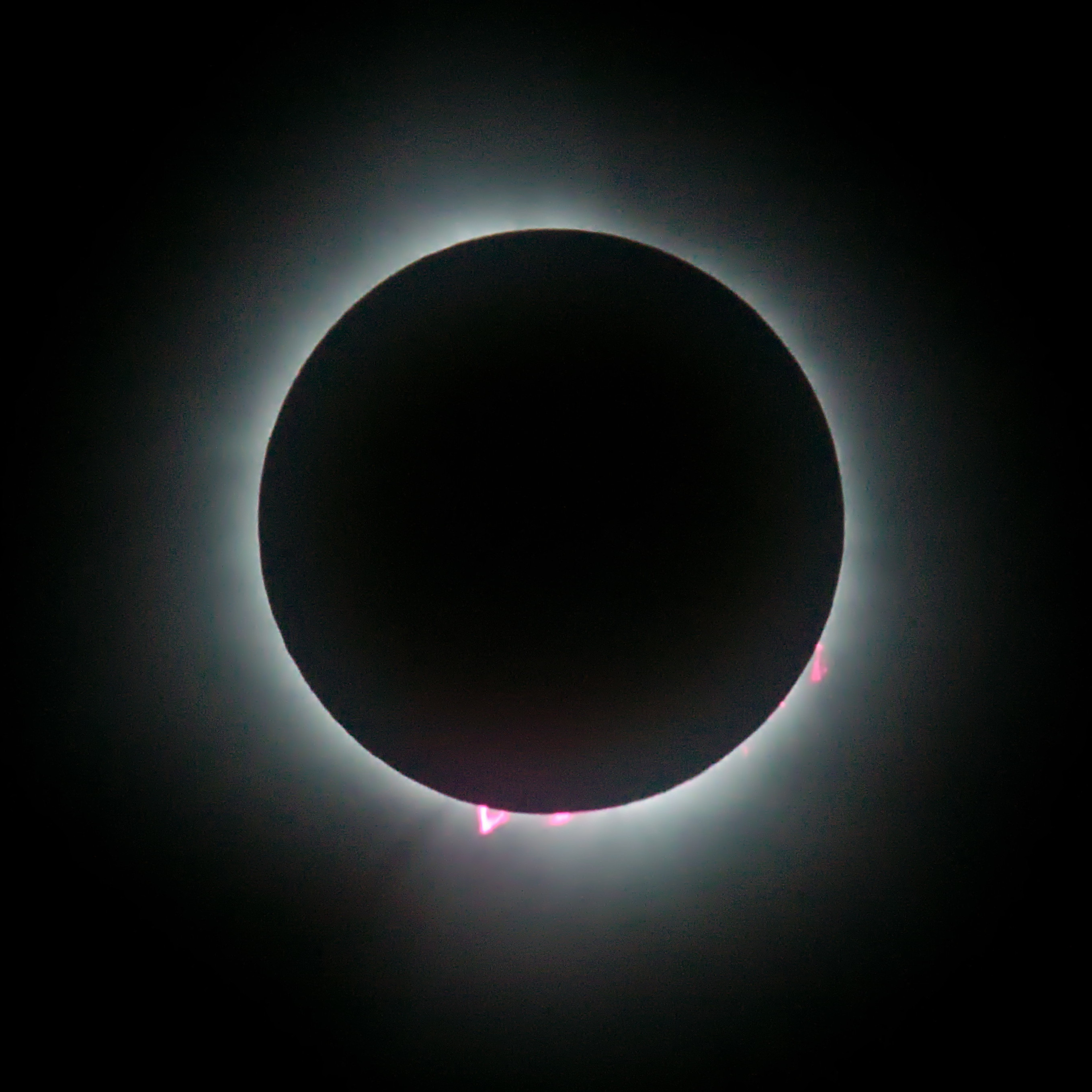My Week in Radio
- I purchased some power cables that split out the 12V line out of USB-C, so I can power my radio from a USB-C power brick/jump-starter battery.
- Marie and I relaunched my EFRW even higher into the the tree in the front yard. I used the slingshot out the second-story window, while Marie watched that the street and sidewalk were clear.
- I did the RTTY test and FT4 sprint last Thursday.
- I saw some better propagation on FT8 before the weekend’s solar storm: Ukraine, Northern Ireland, and Greenland at the arctic circle.
- While the bands were dead over the weekend, I built a couple new, lighter antennas for POTA. I cut and tuned some 20m-long EFHW wires and tuned them with NanoVNA. I used recycled plastic gum boxes as enclosures and winders for the un-uns and wires. I also 3d-printed a winder that holds the transformer and heavier speaker wire. I’ll test the antennas when bands are obviously better. I’ve not really used an EFHW much, so I’m curious to see how it performs compared to EFRW.
- I saw some recovery today in the band today: Panama, Canary Islands, and the Cayman Islands.
- Ron, WA3VEE, sent [photos](https://wa3vee.smugmug.com/051024-KUTZTOWN-ANTIQUE-RADIO-SHOW** from the Antique Radio Meet in Kutztown.
My Question for the Night
What are the effects of solar cycle and solar activity on propagation? We’re in a high point of the solar cycle, so 10m is good, but too much and it blacks out propagation?
Discussion
- Vic, KC3TYX, made a VARA-C contact.
- Jim, KC3RFG, found an OCF dipole to be quieter than end-fed.
- Jim, AF3Z, has trouble with his Ten-Tec radio sometimes not transmitting.
- Jeff, W3JAM, wondered if anyone was making 6m contacts over solar storm.
- Mike, W3MFB, noted that 17m sometimes is a pipeline right into Florida in afternoon/evening.
- Tim, W3QP, is headed on SOTA campout.
- Jack, K3YVQ, Is it OK to use GMRS on a radio that does ham freqs and more?
- Mike, W3MFB: technically, the radio should be locked to gmrs frequencies.
- on the air, no one would know, though.
- Ron, WA3VEE: FCC approves radios for particular services.
- GMRS radios are “type-acceptance”, and the right power limits.
- Some other radios might be hard to limit to the right power.
- John, KC3WWC: What’s the solar storm do to propagation?
Some activity is OK, but too much is bad?
- Chuck, NA3CW:
- RF is produced by accelerating (“wiggling”) electrons.
- Ionosphere doesn’t “bounce” signals, but instead “receives” and “retransmits”.
- We have loose electrons in the upper atmosphere, good for retransmit.
- Solar storm ionizes the atmosphere at different levels with varying intensity.
- Our RF hits ions in lower part of the atmosphere and gets slowed, absorbed (D layer).
- LF is affected the most, since it moves the electrons further.
- Solar minimum offers less ionization at any level.
- D layer, E Layer, F1 layer, F2 layer.
- Better shortwave propagation at night.
- Lots more is understood now about the ionosphere.
- Frequencies are coordinated in SW to adapt to seasonal changes.
- Electrons free in thicker air recombine more easily, so don’t pass RF.
- Winter: great distances, because air is thinner.
- Tim, W3QP: noise also comes up during storm and masks signal.
- This video from Coastal Waves and Wires explains the effect a bit.
- Chuck, NA3CW:




